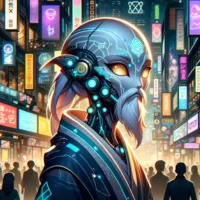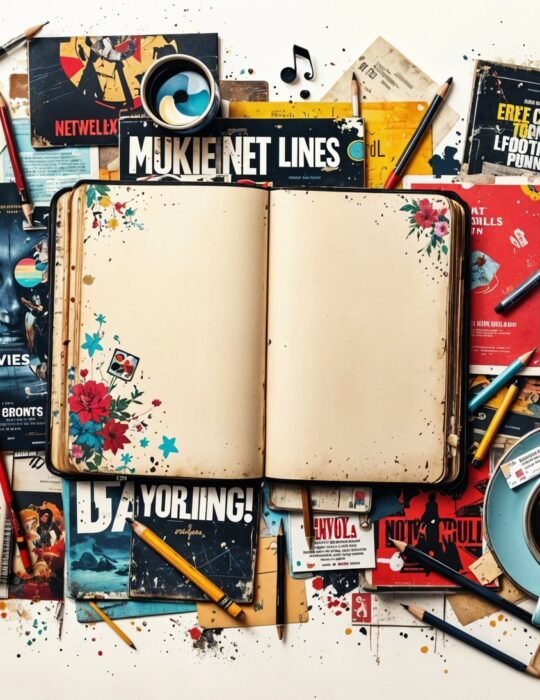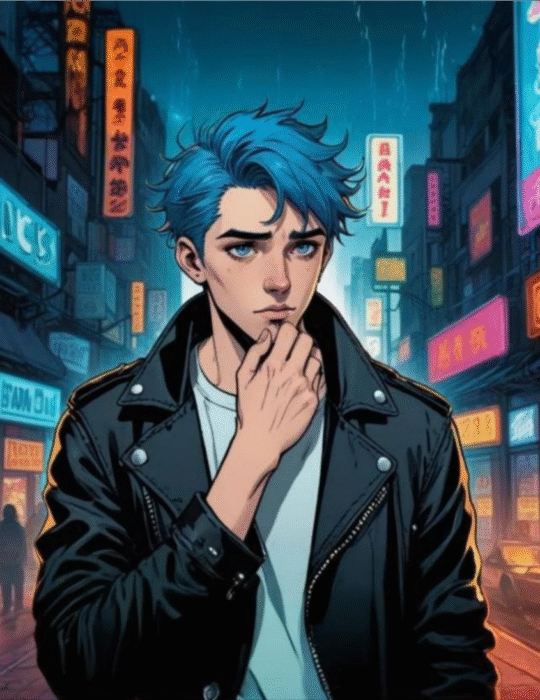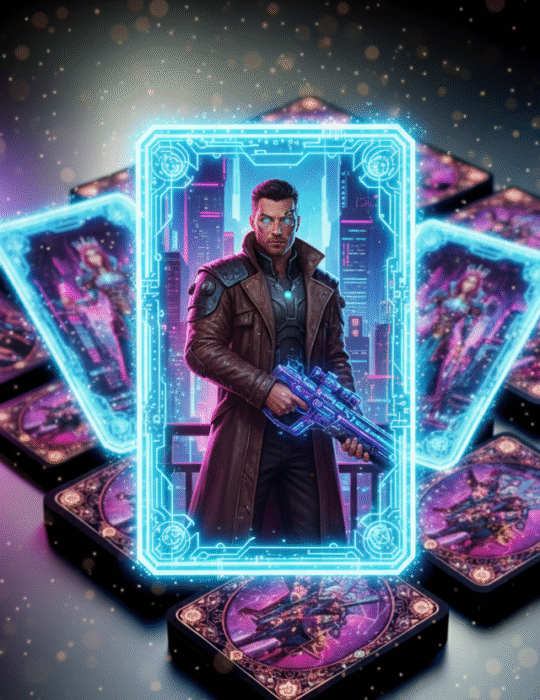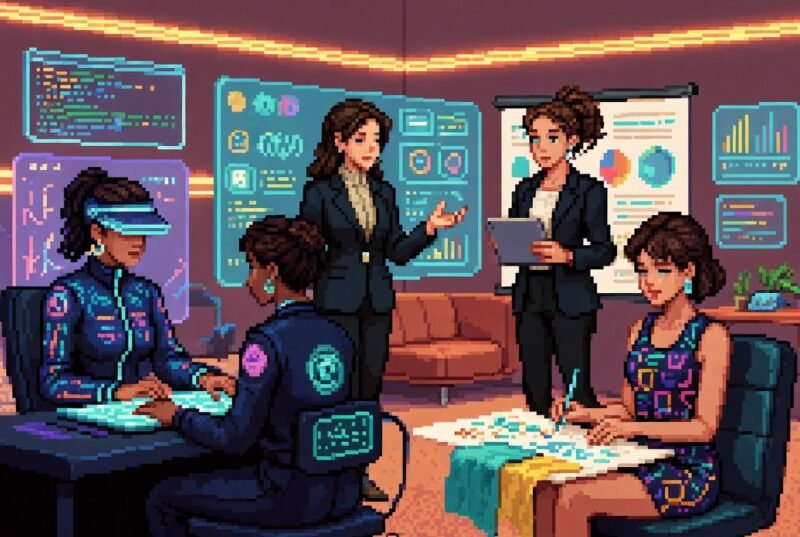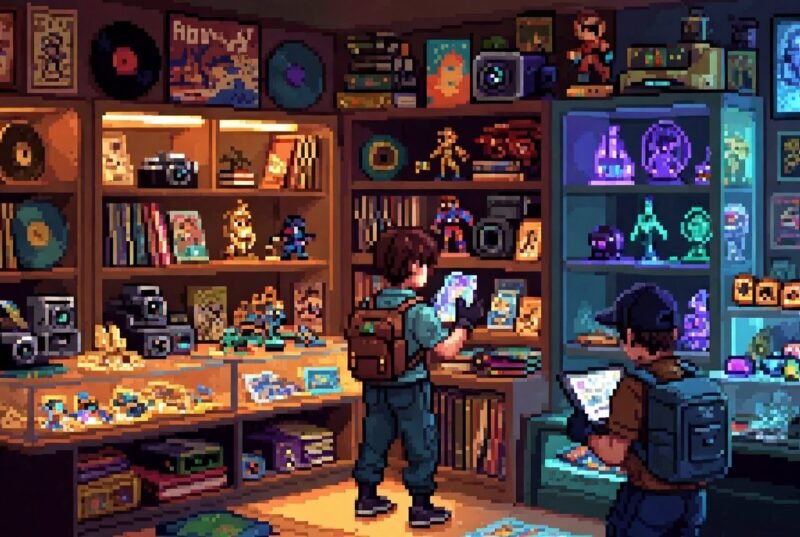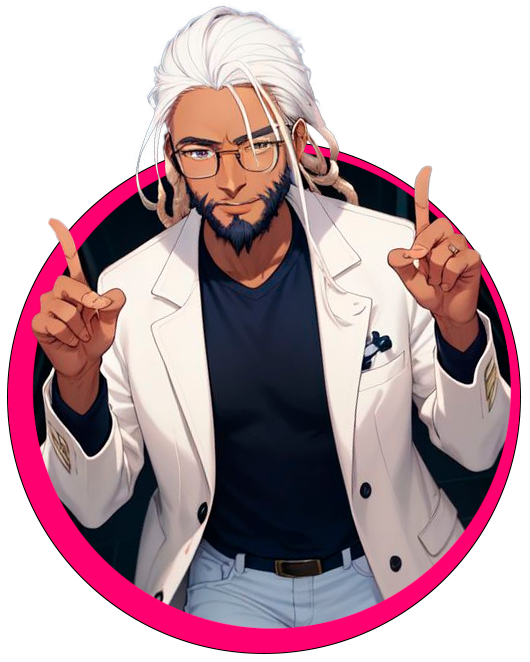Thomas More didn’t know how to use Canva.
He didn’t even access ChatGPT to brainstorm dystopias.
But he did something that would shape all creative culture from then on:
He wrote about a perfect place…
…that would probably go very wrong.
💡 Why does this matter?
🌍 Utopia was the first conscious draft of an “idealized world”, created not to be a goal, but a mirror:
to critique the present, provoke reflection, and open up space for social imagination.
🎮 Without it, we might not have:
-
RPGs with parallel universes
-
Simulation games like The Sims or SimCity
-
Speculative narratives like 1984, The Matrix, or Wakanda
-
And of course… no storytelling course with “worldbuilding” in the description.
📚 It was the embryo of all Future Design.
An invitation to dream, yes — but also to put ideas to the test.
And isn’t that exactly what we do with innovation, education, and creativity?
👴 Oscar, reading Utopia on a pixelated leather Kindle:
“A perfect world doesn’t need to exist. It just needs to be imagined. The rest is brainstorming and spreadsheets.”
🐲 Barkley, sketching a world with floating islands, dancing libraries, and a mountain that spits out Wi-Fi:
“If you were to create your Utopia, what would it have?
Idea playgrounds? Holographic teachers?
Or just a society where no one sends 7-minute audio messages?”
🎯 Mission of the Day
Describe your creative utopia in 3 sentences.
Use concepts of education, technology, and… purposeful chaos.
💰 Reward:
+1 Philosophical Insight
+250 XP in Applied Imagination
+∞ points in Futuristic Storytelling
